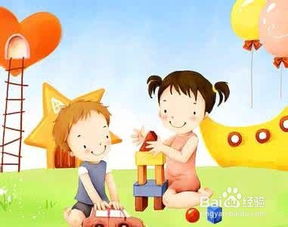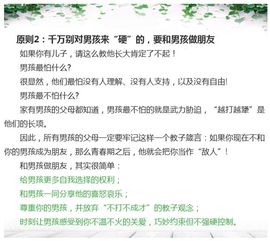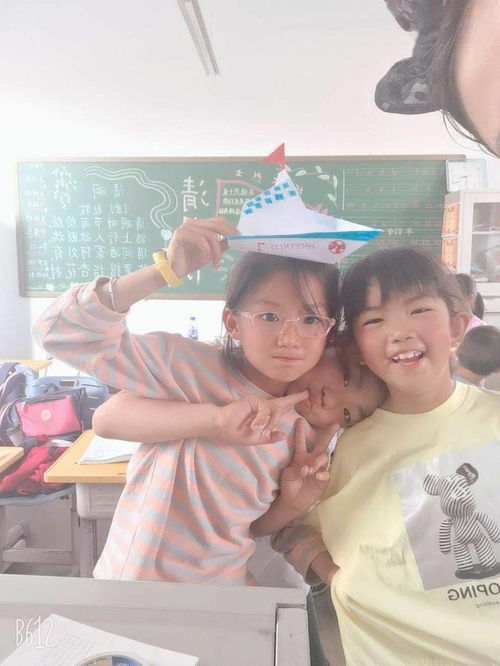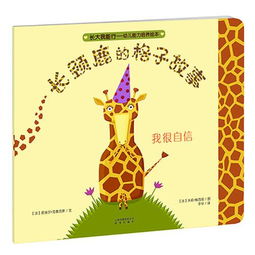最喜欢国内文学作品英语怎么说
Exploring the Beauty of Chinese Literature: Translating Domestic Literary Works into English
Chinese literature boasts a rich tapestry of stories, poetry, and prose that captivates readers with its cultural depth and emotional resonance. Translating these literary treasures into English presents both a challenge and an opportunity to bridge cultures and share the unique voice of Chinese writers with a global audience. In this exploration, we delve into the intricacies of translating Chinese literature into English, highlighting the challenges, techniques, and importance of preserving the essence of the original works.
Understanding the Cultural Context
One of the fundamental aspects of translating Chinese literature is grasping the cultural context embedded within the text. Chinese literary works often reference historical events, philosophical concepts, and cultural nuances that may not have direct equivalents in English. Translators must possess a deep understanding of Chinese culture to accurately convey these elements to an Englishspeaking audience.
For example, classical Chinese poetry, such as the works of Li Bai or Du Fu, often incorporates imagery and allusions drawn from Chinese mythology and Confucian philosophy. Translating these poems requires not only linguistic proficiency but also a familiarity with the cultural background to convey the full depth of meaning.
Navigating Linguistic Challenges
The linguistic differences between Chinese and English present unique challenges in translation. Chinese is a tonal language with a characterbased writing system, while English is an alphabetic language with a different grammatical structure. Translators must carefully navigate these differences to ensure the translated text retains the original flavor and style of the work.
One particular challenge is capturing the beauty of Chinese poetry in English. Classical Chinese poetry relies heavily on rhythm, rhyme, and imagery, which may not always directly translate into English. Translators often employ creative techniques such as adapting the form or rearranging words to preserve the poetic essence while staying true to the meaning of the original text.
Preserving Literary Style and Voice
Every writer has a unique voice and style that defines their work. Preserving this voice in translation is essential for maintaining the integrity of the original piece. Translators must strike a delicate balance between fidelity to the source text and readability in English.
For example, the works of contemporary Chinese authors like Mo Yan or Yu Hua often feature vivid imagery, colloquial language, and cultural references specific to modern China. Translators must capture the author's distinctive style while ensuring the translated text resonates with Englishspeaking readers.
Cultural Sensitivity and Adaptation
Translating Chinese literature into English also requires sensitivity to cultural differences and potential misunderstandings. Certain concepts or expressions may not have direct equivalents in English or may carry different connotations. Translators must navigate these cultural nuances carefully to avoid misinterpretation or distortion of the original intent.
Additionally, adaptation may be necessary to make the text more accessible to an Englishspeaking audience. This could involve providing explanatory notes for cultural references, clarifying historical contexts, or occasionally modifying certain passages to maintain coherence in English.
Conclusion: Embracing the Beauty of CrossCultural Exchange
Translating Chinese literature into English is a multifaceted endeavor that requires linguistic skill, cultural sensitivity, and creative adaptation. By overcoming the challenges inherent in crosscultural communication, translators play a vital role in introducing the rich tapestry of Chinese literary tradition to a global audience.
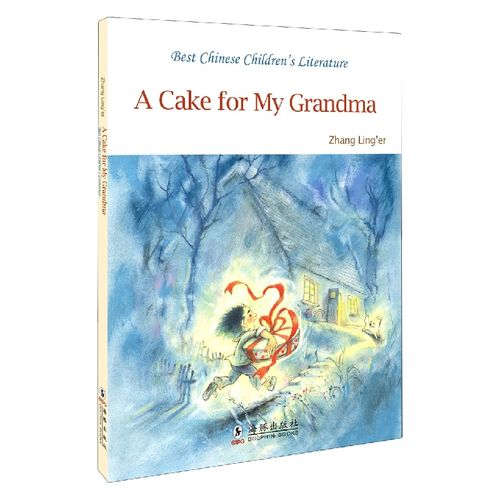
Through thoughtful translation, readers around the world can experience the beauty, complexity, and depth of Chinese literature, enriching their understanding of Chinese culture and fostering greater appreciation for the universal themes that resonate across borders. As we continue to explore the intersection of language and culture, let us embrace the transformative power of literature to connect hearts and minds across diverse backgrounds and languages.
References:
Bai, Li, and Du Fu. Selected Poems of Li Bai and Du Fu. Translated by Rewi Alley, Foreign Languages Press, 1984.
Yan, Mo. Red Sorghum. Translated by Howard Goldblatt, Viking Press, 1993.
Hua, Yu. To Live. Translated by Michael Berry, Anchor Books, 2003.

